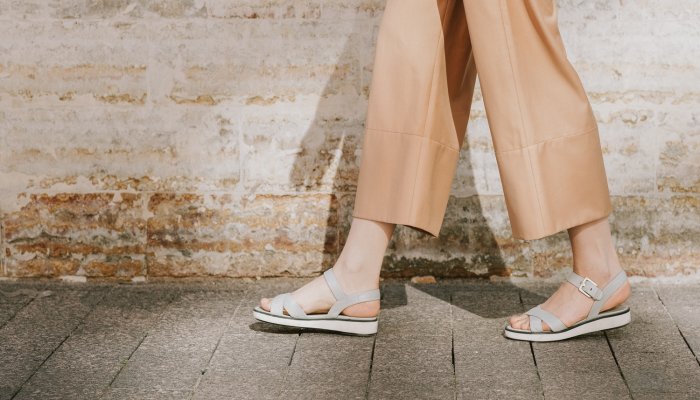How Walking After Meals Can Balance Blood Sugar

Think about the energy spike and subsequent crash that can happen after a large intake of sugar. Luckily, D’Agostino shares a basic—and quite relaxing—practice for balancing the blood sugar response after meals: going for a walk.
He explains it like so: “If you go for a walk right after your meal, it takes the cap off of that postprandial glycemic excursion.” (Aka, the change in glucose from before to after a meal.) “I can knock it down by more than 50%, just with a casual walk with my dogs after breakfast or after dinner,” he says.
And to be clear, the walk need not be strenuous. In fact, a leisurely stroll is ideal: “Simply incorporating even a 10 minute walk after you eat, especially a big meal at nighttime, is going to be really beneficial,” says D’Agostino. “Nothing strenuous, of course, because you don’t want to do a super intense exercise after a big meal, but a casual walk will pay big dividends in the long-run.”
The research backs it up: In one study, 78 adults were randomly assigned to either become active or remain sedentary five minutes or 35 minutes after eating. The conclusions were fascinating: “Activity, even for 10 min. at very low intensity, may assist in the management of postprandial blood glucose if undertaken when blood glucose is high.” Translation? Acute, casual exercise not before but after eating (like, say, a post-dinner stroll) can help steady the blood sugar response.
This article was originally published by mindbodygreen.com. Read the original article here.




